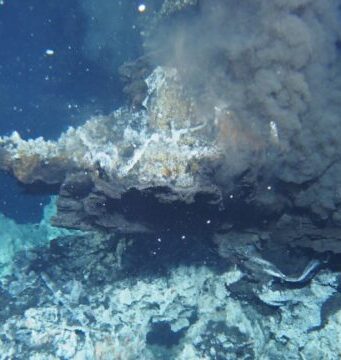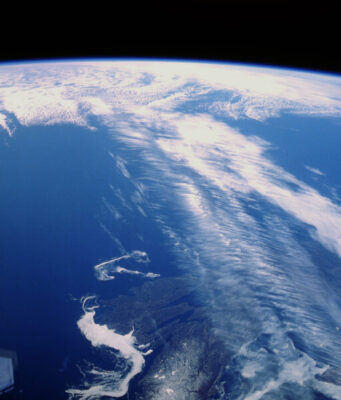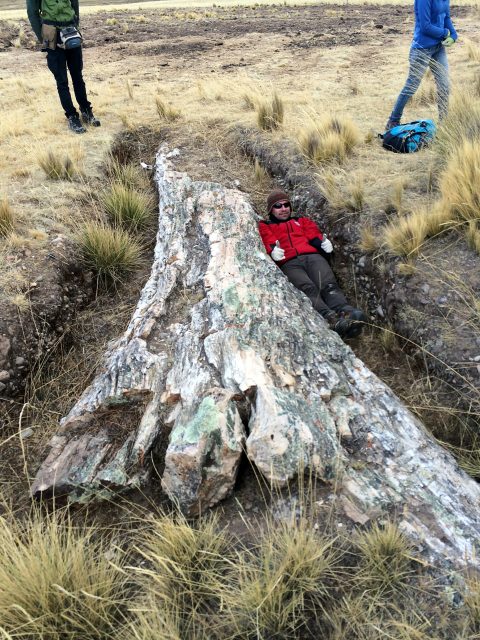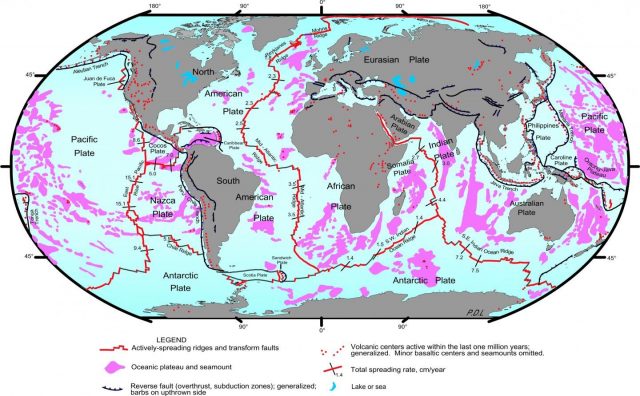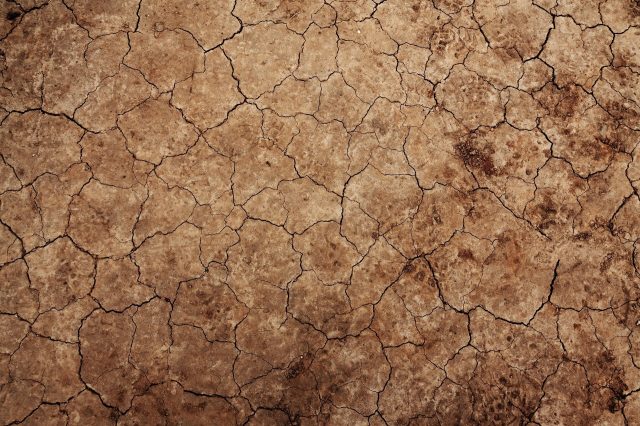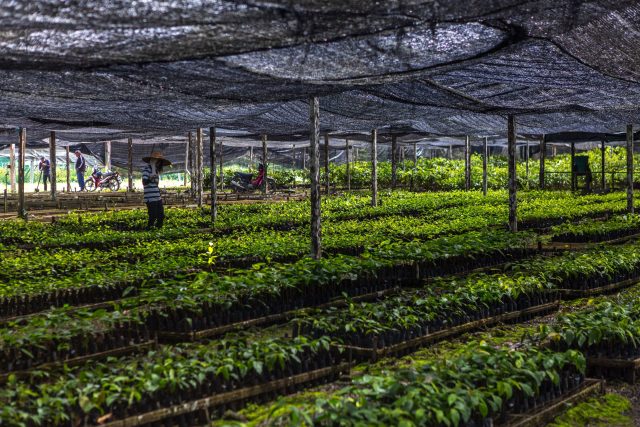It's not often a new mass extinction is identified; after all, such events were so devastating they really stand out in the fossil record. In a new paper, published today in Science Advances, an international team has identified a major...
When early humans began to travel out of Africa and spread into Eurasia over a hundred thousand years ago, a fertile region around the eastern Mediterranean Sea called the Levant served as a critical gateway between northern Africa and...
The world's oceans soak up more carbon than most scientific models suggest, according to new research.
Previous estimates of the movement of carbon (known as "flux") between the atmosphere and oceans have not accounted for temperature differences at the water's surface and...
Gas hydrate is an ice-like substance formed by water and methane at depths of several hundred meters at the bottom of our oceans at high pressure and low temperatures. Methane is a potent greenhouse gas, roughly 25 times more...
On an expedition to the Central Andean Plateau, researchers from the Smithsonian Tropical Research Institute (STRI) and colleagues were astounded to find a huge fossil-tree buried in the cold, grassy plain. The plant fossil record from this high-altitude site...
Generally speaking, 'ridge subduction' involves subduction of spreading oceanic ridges, aseismic ridges or oceanic plateaus and inactive arc ridges, and this common and important geological process has become one of the hot topics in current geological research globally. However,...
Soil loss due to water runoff could increase greatly around the world over the next 50 years due to climate change and intensive land cultivation. This was the conclusion of an international team of researchers led by the University...
In a first-ever study using ozone data collected by commercial aircraft, researchers from the Cooperative Institute for Research in Environmental Sciences (CIRES) at the University of Colorado Boulder found that levels of the pollutant in the lowest part of...
By creating conditions akin to the center of the Earth inside a laboratory chamber, researchers have improved the estimate of the age of our planet's solid inner core, putting it at 1 billion to 1.3 billion years old.
The results...
Earth's tropics are expanding poleward and that expansion is driven by human-caused changes to the ocean, according to new research.
The tropics wrap around Earth's middle like a warm, wet belt. This part of the globe gets the most direct...
More than half of the world's aboveground carbon is stored in tropical forests, the degradation of which poses a direct threat to global climate regulation. Deforestation removes aboveground carbon in the form of trees, reducing the size of global...


